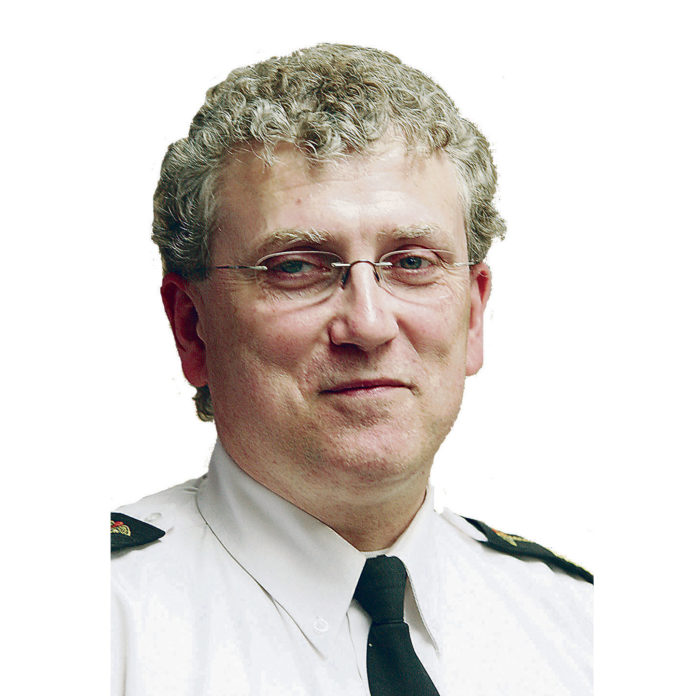Lyle Karasiuk – Safety
Cycling season is upon us. Everyone regardless of age needs to wear a helmet. A simple action like riding through a stop sign; a collision; mechanical breakdown or other cycling incident could spell disaster and change your life forever. We make our children wear a helmet with every ride but what’s your excuse for not wearing one?
A helmet:
- Is designed for a specific activity – cycling helmets are the only helmets designed to absorb the type of impact that may be encountered in a cycling crash or fall. It absorbs the blow and minimizes violent movement of the brain within the skull.
- Distributes the blow over a larger area, thus reducing the chance of skull fractures.
When buying a helmet:
- Buy only cycling helmets that meet one of the following standards: CSA, ASTM, CPSC, Snell, ANSI. Only use an approved helmet.
- Approved helmets come in three types:
- Thin Shell: have a thin layer of plastic over the foam liner and are lighter than hard shell helmets.
- Hard Shell: have a thick hard covering over the foam liner and may prevent a sharp object from puncturing the helmet.
- Multipurpose: the standards for biking and inline skating are identical, so a bike helmet can be used for both activities. Some helmets are certified for multi-purpose use to be used for both bicycling and sports that have multiple impacts such as skateboarding. Do not use a helmet that is certified only for cycling for multiple impact activities such as ice skating. Helmets certified for cycling are meant to only protect from one impact and then need to be replaced.
- Choose a helmet with a good foam lining for the best fit. The best types have a complete or almost complete inner liner. Ensure that there are enough vents in the helmet to allow for maximum coolness. Select one with adjustable straps and a quick-release buckle that fits snugly and does not pinch. Do not trade safety for style – but make sure the person wearing the helmet likes the one selected and will wear it.
Make sure it fits:
- Some helmets come with sizing tape to measure your head size. If the helmet you intend to buy does not have a sizing tape, ask the stores’ sales representative to help you find the right size helmet. Wrap the sizing tape around your head just above your ears and pull it until it is snug. Fold the end of the tape to mark the position, then remove the tape and read the size. Choose the helmet that fits your size.
- Try before you buy – get the right fit and weight. All helmets fit differently. A helmet should fit snugly, but without a feeling of pressure all over the head or at a point. Conversely, a helmet should not be too loose, or it may cause injury if it turns on the head-on impact. You should not be able to fit your fingers up between your head and the helmet.
- There is 2V1 rule for getting the right helmet. 2 fingers above the eyebrow to edge of helmet. The straps form a V over each ear. The chin strap is snug that you can fit one finger between the strap and person’s chin.
While you travel, this summer know that in some provinces there is mandatory bike helmet legislation. We teach our children to obey the rules such as wearing a bike helmet, but many parents jump on their bike without one. Wearing a helmet doesn’t prevent an injury but will reduce the severity of the injury. A concussion may result from the collision. These types of brain injuries can have lasting effects. Wear a helmet on your next ride!


